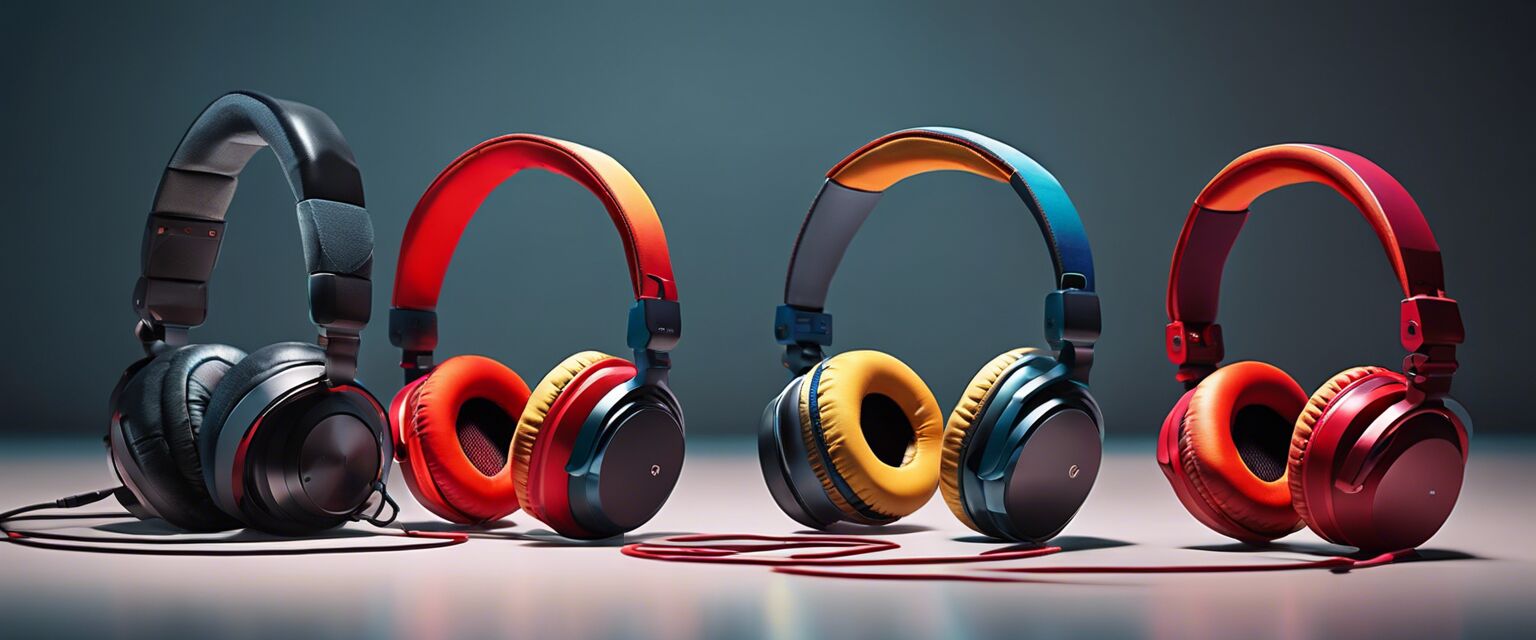
High-Quality Microphones
- Microphones come in various types, including dynamic, condenser, and ribbon.
- Choosing the right microphone depends on your specific audio needs, such as recording vocals or instruments.
- Investing in a high-quality microphone can significantly enhance your overall audio quality.
- Consider features like frequency response, sensitivity, and connectivity options when selecting a microphone.
Microphones are essential tools for musicians, podcasters, and broadcasters alike. A high-quality microphone can make a significant difference in the clarity and richness of sound, capturing every nuance of your audio. In this comprehensive guide, we will explore various types of microphones, their features, and how to choose the best one for your needs.
Types of Microphones
Microphones can be categorized into several types based on their design and functionality. Here are the most common types:
| Microphone Type | Description | Best For |
|---|---|---|
| Dynamic | Rugged microphones that handle high sound pressure levels. | Live performances and loud instruments. |
| Condenser | More sensitive and versatile, great for capturing detail. | Studio recordings and vocals. |
| Ribbon | Provide a warm, vintage sound and are delicate in design. | Studio environments, especially for vocals and brass instruments. |
Key Features to Consider
When selecting a microphone, it's crucial to consider various features that will affect your recording quality:
- Frequency Response: The range of frequencies the microphone can capture.
- Sensitivity: How well the microphone converts sound into an electrical signal.
- Connectivity: XLR, USB, or wireless options for connecting to your recording equipment.
- Directional Pattern: Determines how well the microphone picks up sound from different angles (e.g., cardioid, omnidirectional).

Choosing the Right Microphone for Your Needs
Different audio needs require different types of microphones. Hereâs how to choose the right one:
For Musicians
If you're a musician looking to record vocals or instruments, a condenser microphone is often the best choice due to its sensitivity and detail capture.
For Podcasters
Podcasters should consider a dynamic microphone, which minimizes background noise and handles vocal recordings well.
For Broadcasters
Broadcasters often use condenser microphones to ensure high audio quality in studio environments.
Comparing Popular Microphones
Hereâs a comparison of some popular microphone models to help you make an informed decision:
| Microphone Model | Type | Frequency Response | Price Range |
|---|---|---|---|
| Shure SM58 | Dynamic | 50 Hz - 15 kHz | $100 - $120 |
| Audio-Technica AT2020 | Condenser | 20 Hz - 20 kHz | $100 - $150 |
| Rode NT1-A | Condenser | 20 Hz - 20 kHz | $200 - $250 |
| AEA R84 | Ribbon | 20 Hz - 20 kHz | $800 - $900 |

Key Takeaways
- Choosing the right microphone depends on your specific needs.
- Dynamic microphones are ideal for live performances.
- Condenser microphones are better for studio recordings.
- Always consider the features like frequency response and sensitivity.
Tips for Beginners
- Start with a versatile microphone that can handle different recording scenarios.
- Invest in a good audio interface for better sound quality.
- Experiment with microphone placement to find the best sound for your recordings.
- Consider adding soundproofing materials to your recording space for improved acoustics.
- Read reviews and watch tutorials to learn more about microphone techniques.
Pros
- High-quality microphones enhance audio clarity.
- Versatile options for different audio needs.
- Improves overall production quality.
Cons
- Can be expensive depending on the model.
- Some models require additional equipment (e.g., preamps).
- Learning curve for proper usage and placement.
Conclusion
Investing in a high-quality microphone is essential for anyone serious about their audio production. By understanding the different types of microphones and their features, you can choose the perfect microphone that suits your needs. Remember to consider your specific audio requirements and the environment in which you will be recording. Happy recording!








